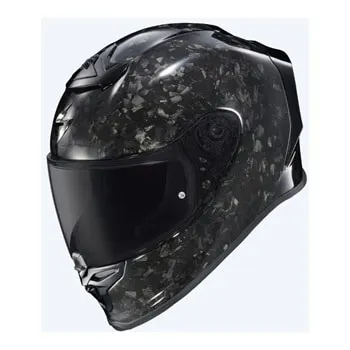Alpinestars Altamira GTX Review: Worth $950 or Total Bust?
This Alpinestars Altamira GTX Jacket review is based on 18 months of rigorous testing across diverse riding conditions, exposing both breakthrough innovations and critical flaws in this $950 premium touring system.









